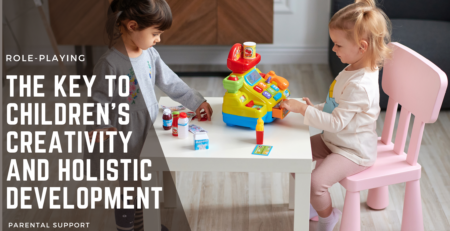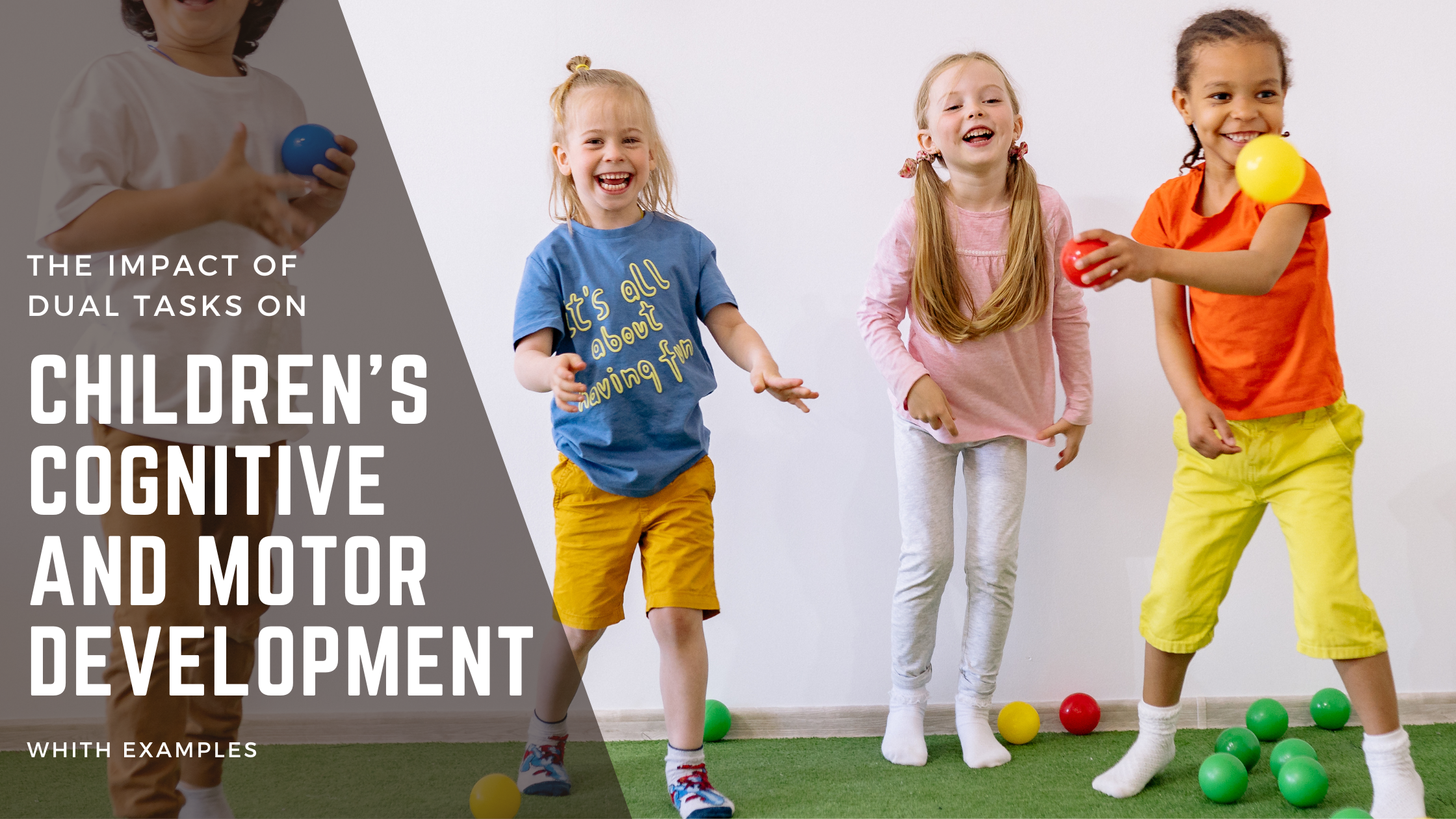
3
Feb
The Impact of Dual Tasks on Children’s Cognitive and Motor Development
What Are Dual Tasks?
Dual tasks involve the simultaneous execution of two activities, typically one motor task, such as walking, and one cognitive task, such as counting backward. This approach is commonly used to assess how cognitive and motor processes interact and how performing them simultaneously affects an individual’s performance (source).
Dual tasks are used to evaluate attention during motor activities. Researchers study how adding a cognitive task impacts motor execution, allowing them to assess how much attention a particular motor activity requires. They also examine cognitive-motor interference, as dual tasks help understand how performing cognitive and motor activities at the same time affects an individual’s abilities. This is especially relevant for studying conditions such as developmental coordination disorder in children or hyperactivity (source) (source)
The Use of Dual Tasks
In geriatrics, dual tasks are used as “stress tests” to assess brain reserves in older adults. In sports, research shows that they influence athletes’ motor and cognitive abilities. They also play an important role in rehabilitation, where combining physical exercise with cognitive tasks improves physical and cognitive functions in various populations (source).
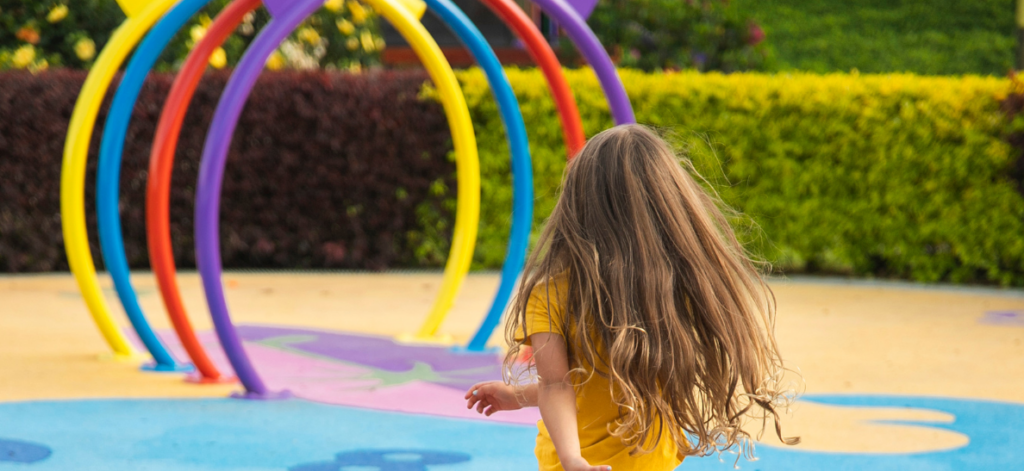
How Do Dual Tasks Benefit Children?
1. Enhancing Executive Functions
Dual tasks strengthen executive functions such as:
• Attention – The child learns to focus on multiple tasks simultaneously.
• Working memory – Retaining information while performing movements.
• Cognitive flexibility – Switching between different activities.
👉 Example: A child walks precisely along a line while counting backward from 50.
2. Improving Motor Skills and Coordination
Performing cognitive and motor tasks simultaneously enhances:
• Motor coordination – The child learns to coordinate different body parts.
• Balance and stability – Essential for daily activities and sports.
• Reaction speed – The child responds faster to external stimuli.
👉 Example: “Color Jump” – The child listens to instructions (e.g., “jump on red” or “touch blue”) while performing a specific movement (e.g., hopping on one foot, clapping hands, or turning).
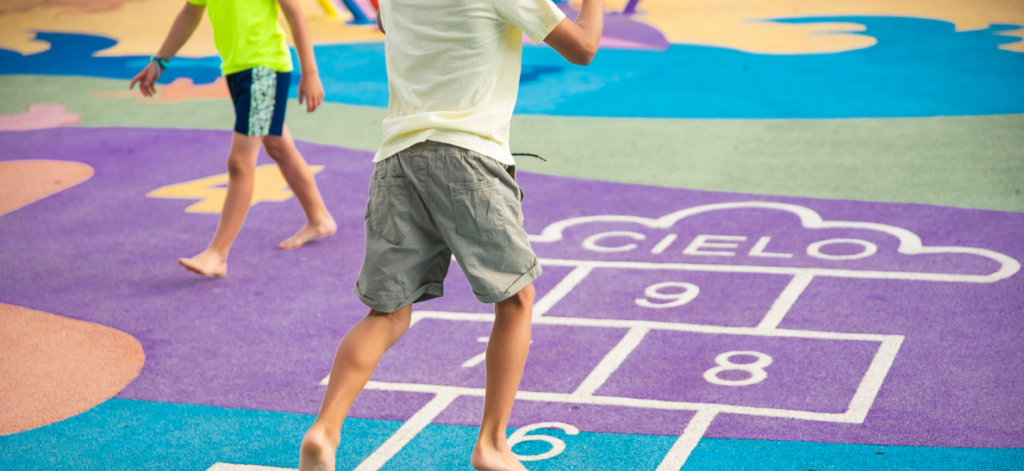
3. Encouraging Social and Communication Skills
Dual tasks help children:
• Develop listening skills and quick responses
• Learn problem-solving while moving
• Strengthen teamwork and collaboration
👉 Example: “Cognitive Circle” – Children form a circle and pass a ball. When a child catches the ball, they must quickly answer a question (e.g., “What is the capital of France?”) before passing the ball to the next player, while everyone moves rhythmically (e.g., jogging in place or jumping).
4. Boosting Academic Skills
Research shows that children who engage in dual tasks:
• Follow lessons more easily and maintain focus
• Process information faster, aiding in reading and math
• Manage external stress and better adapt to noise
👉 Example: Writing words on a board with one hand while catching a ball with the other.
A study on children’s motor and sports activities emphasizes the importance of physical activity in overall development and cognitive progress (source). Furthermore, guidelines for preschool educators suggest various activities, including dual-task exercises, to support cognitive development (source).
When Are Dual Tasks Most Beneficial?
In early childhood (ages 3-6), they help develop basic motor skills and spatial awareness. During the school years (ages 6-12), they enhance coordination, processing speed, and concentration. In adolescence, they are beneficial for both athletic and academic challenges.
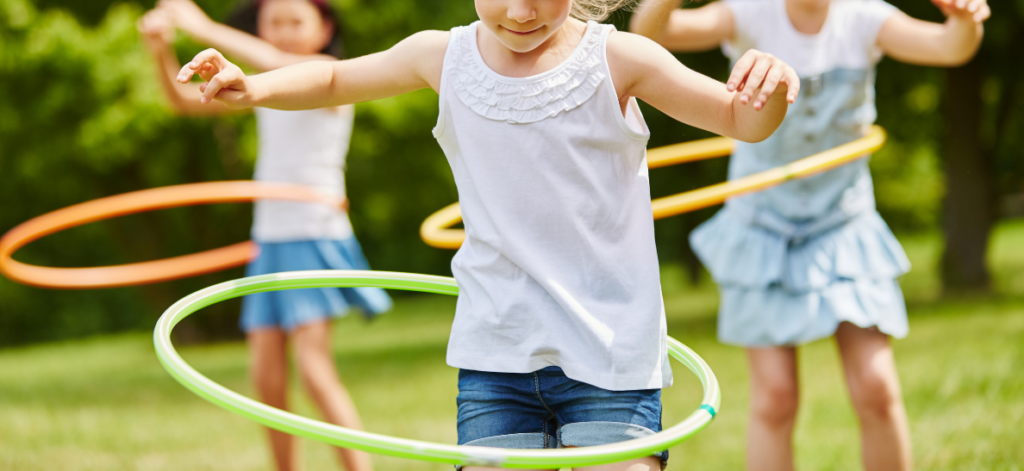
Conclusion
Dual tasks are a natural way of learning and significantly contribute to children’s healthy development. They improve memory, attention, motor skills, and social interaction, leading to better school performance and faster brain development. Integrating dual tasks into daily activities can help children develop a wide range of essential skills for their overall growth.
